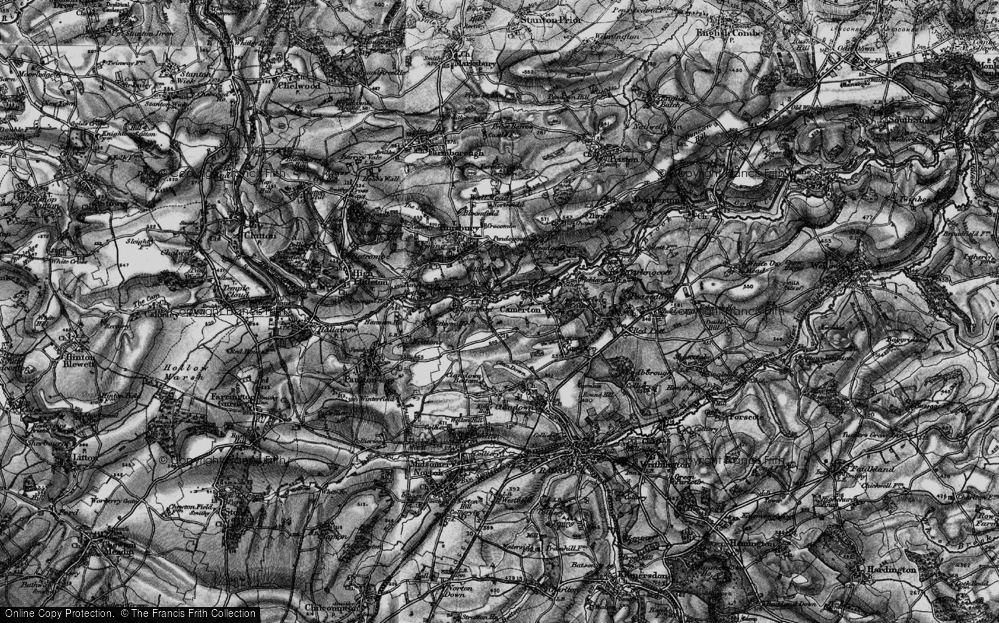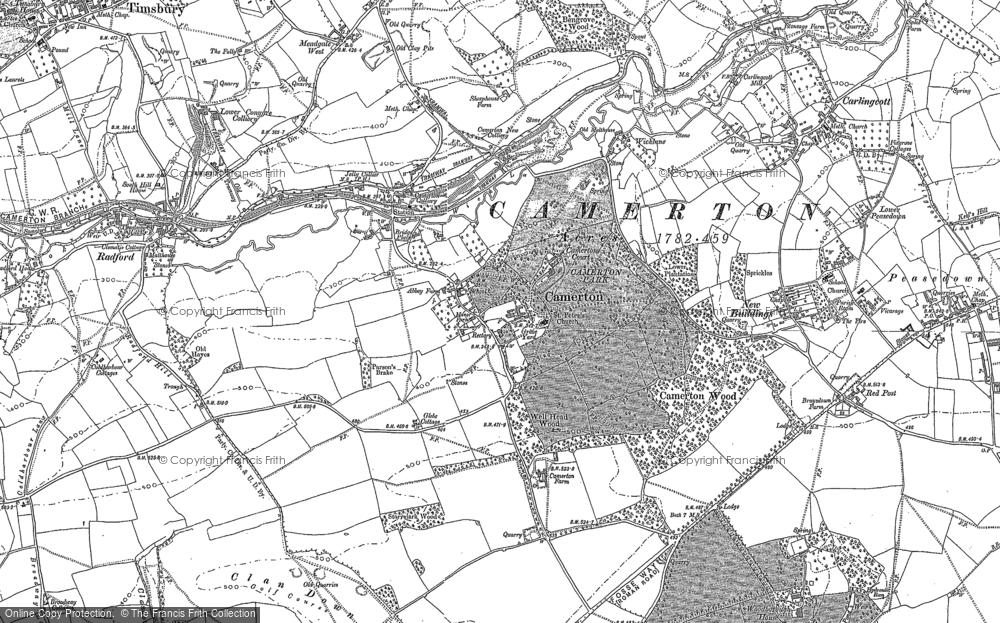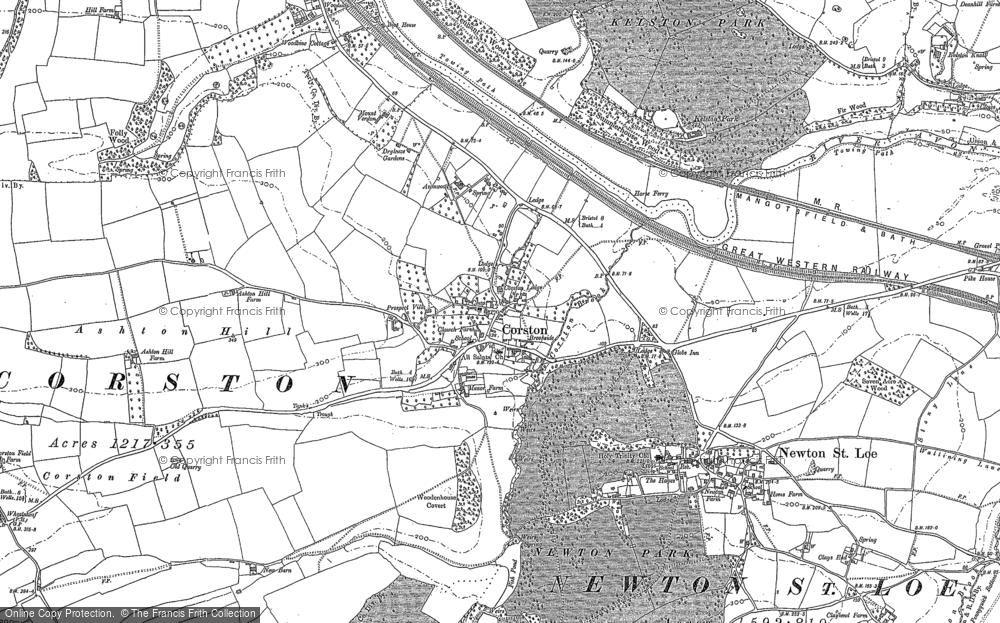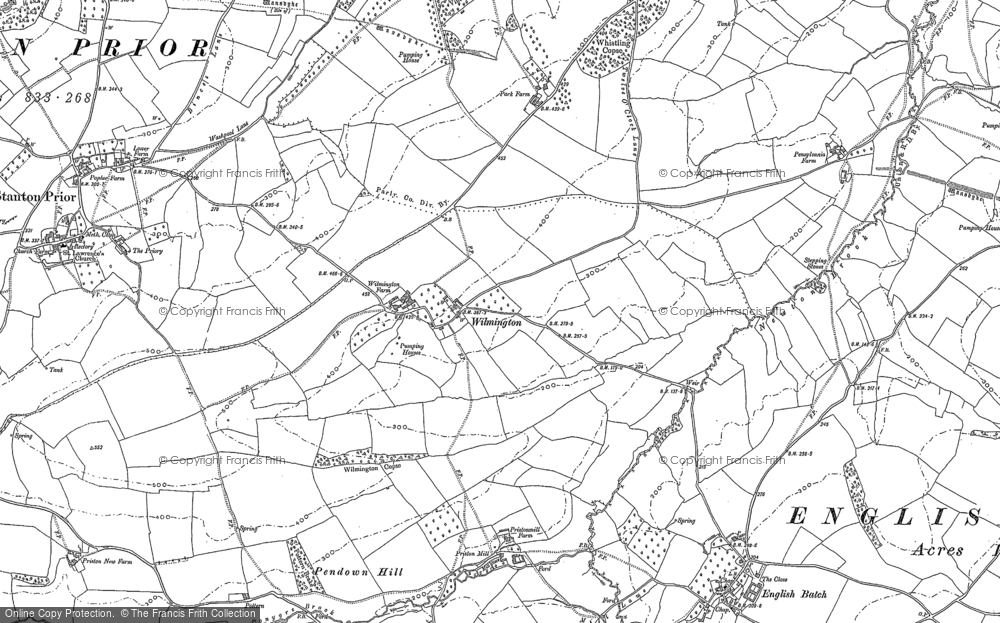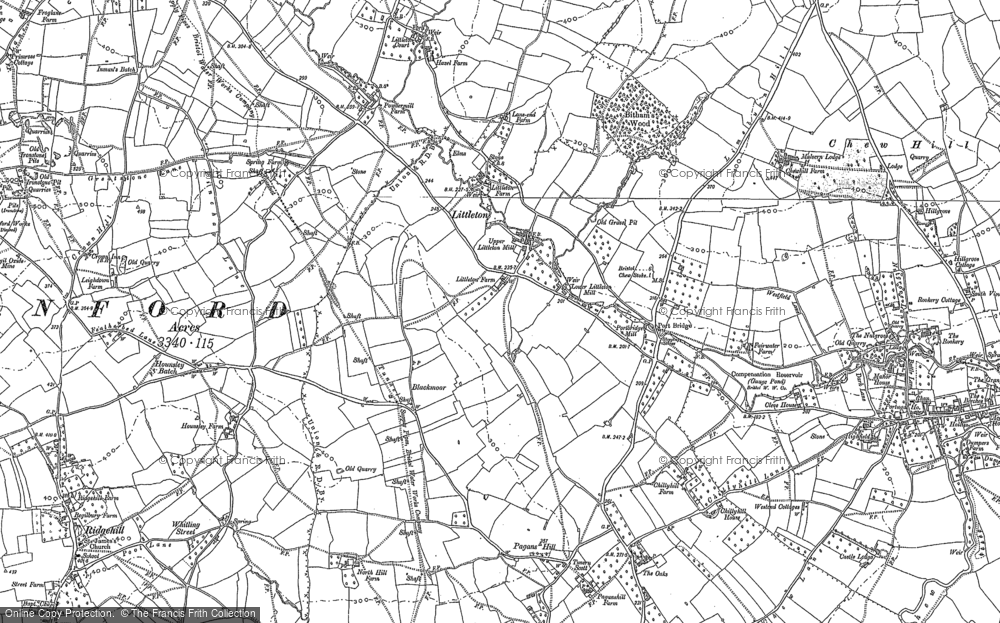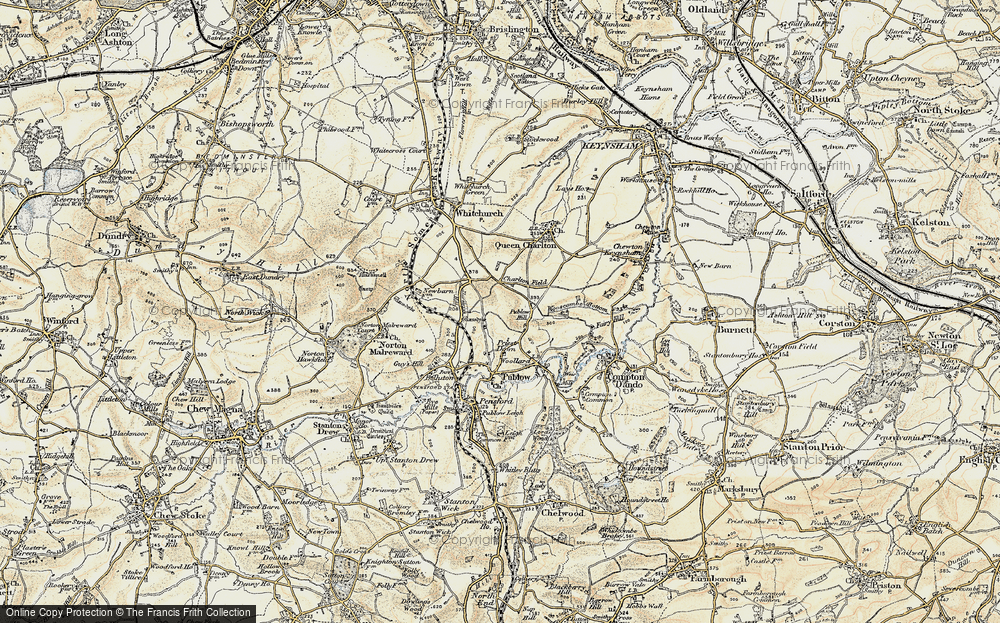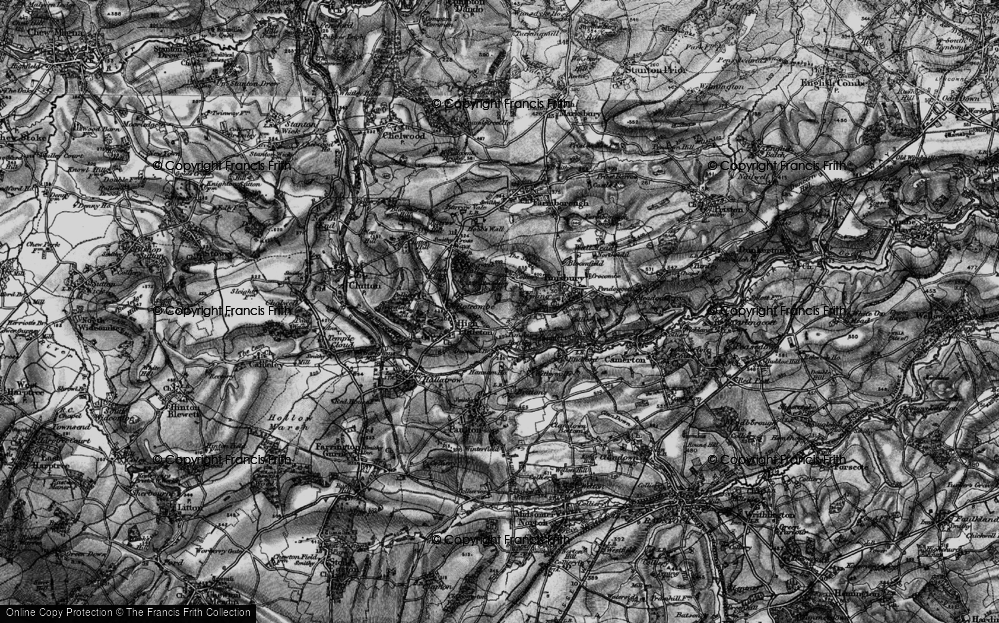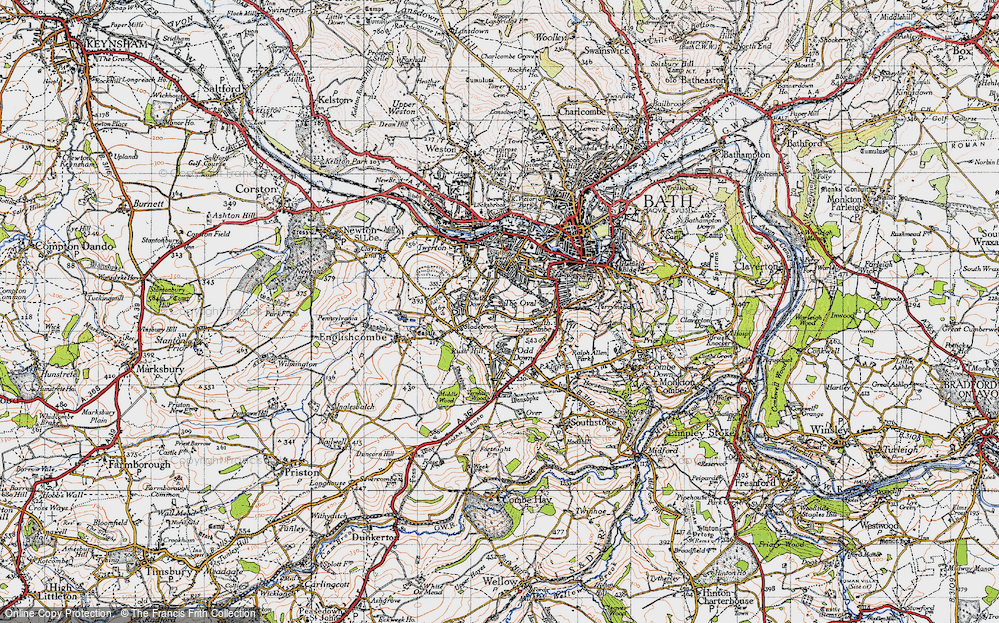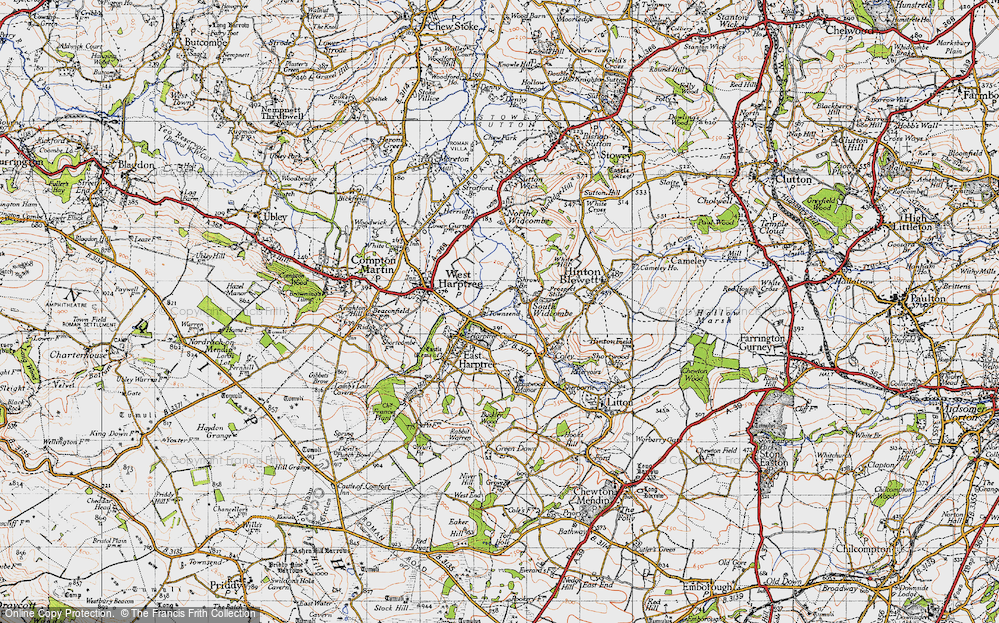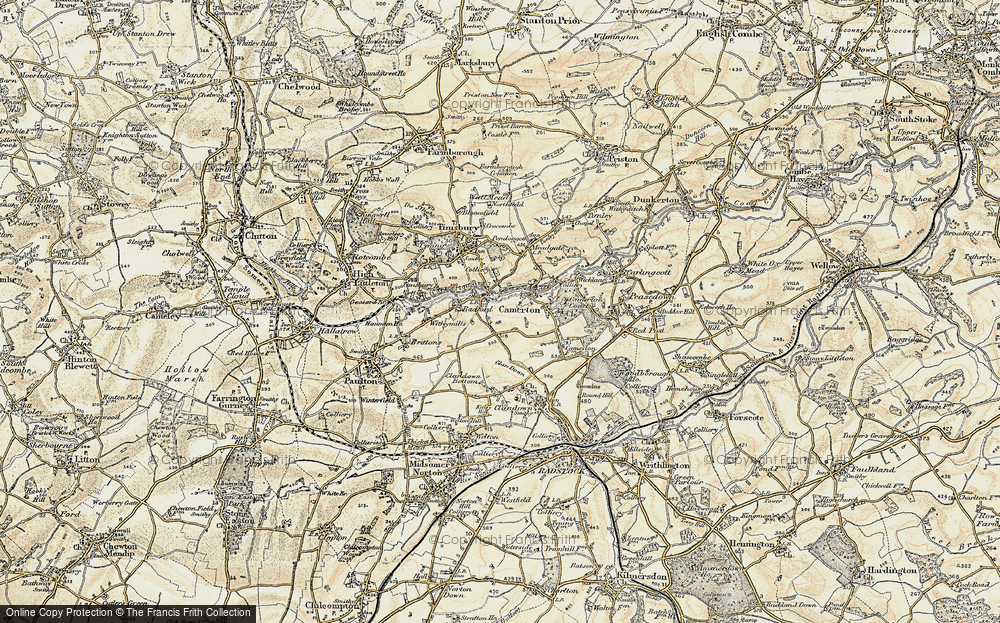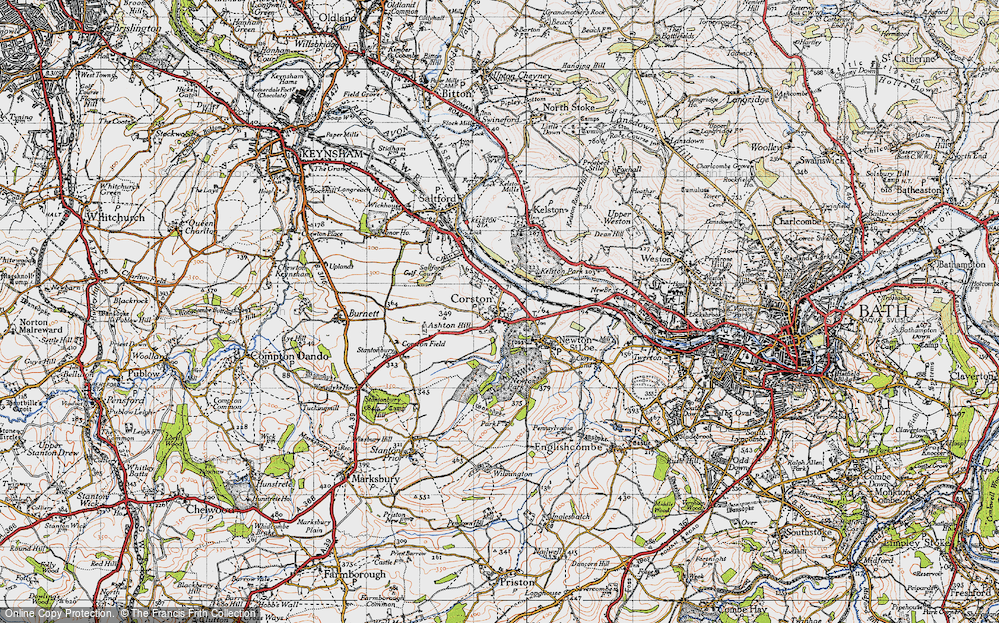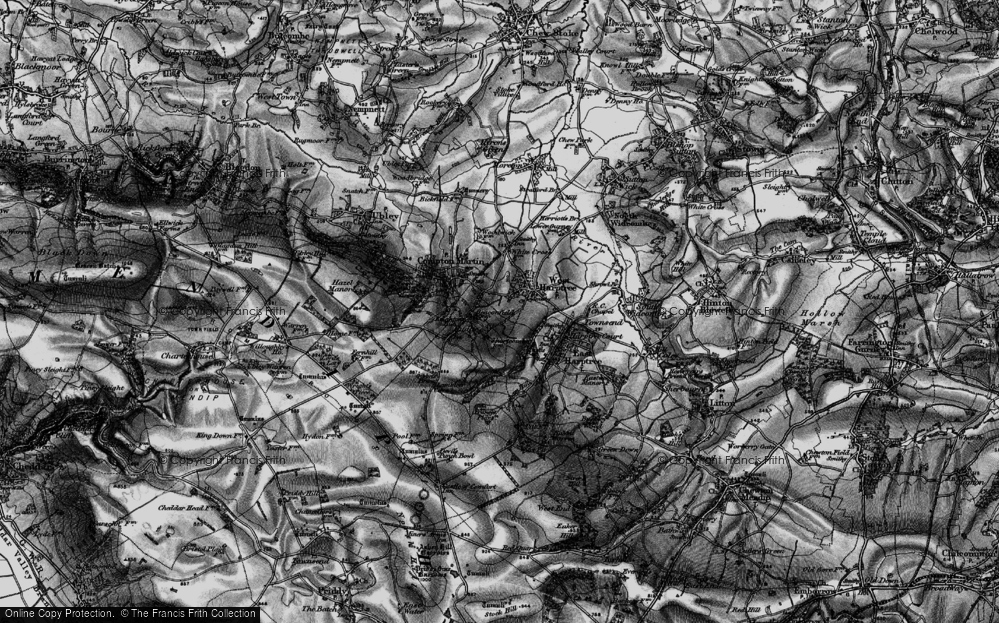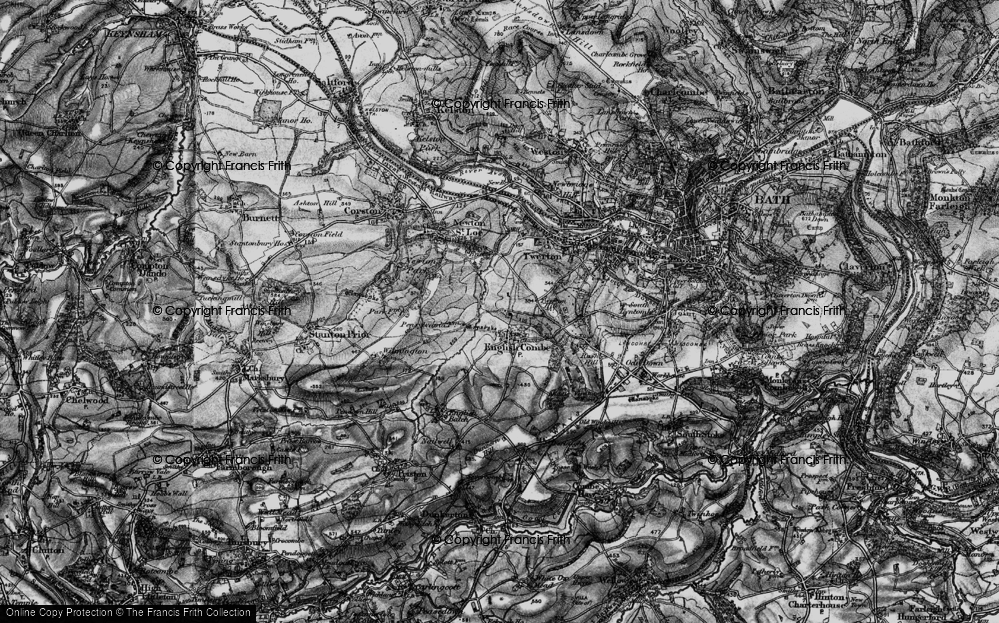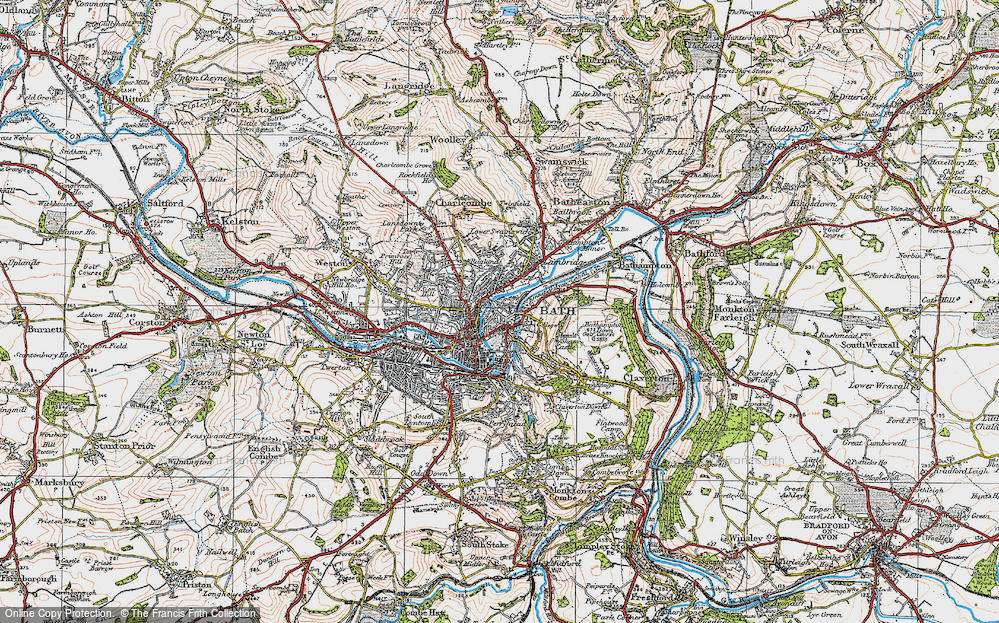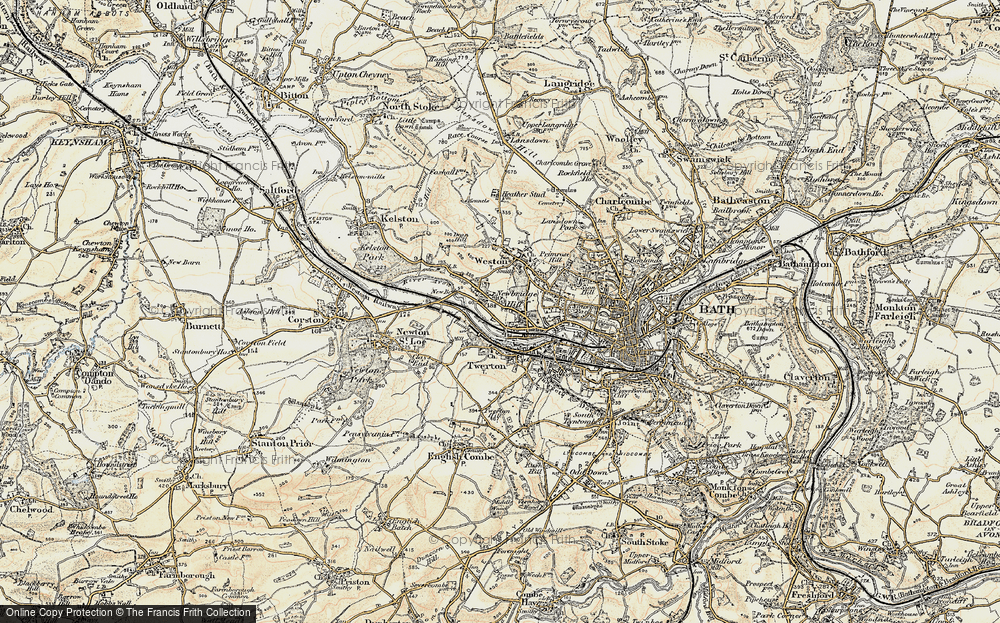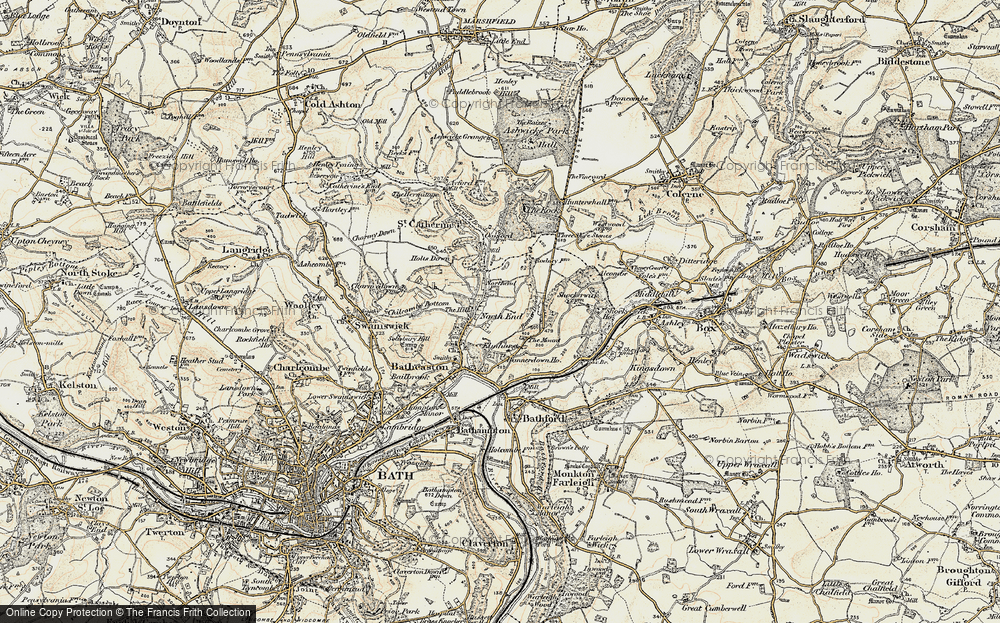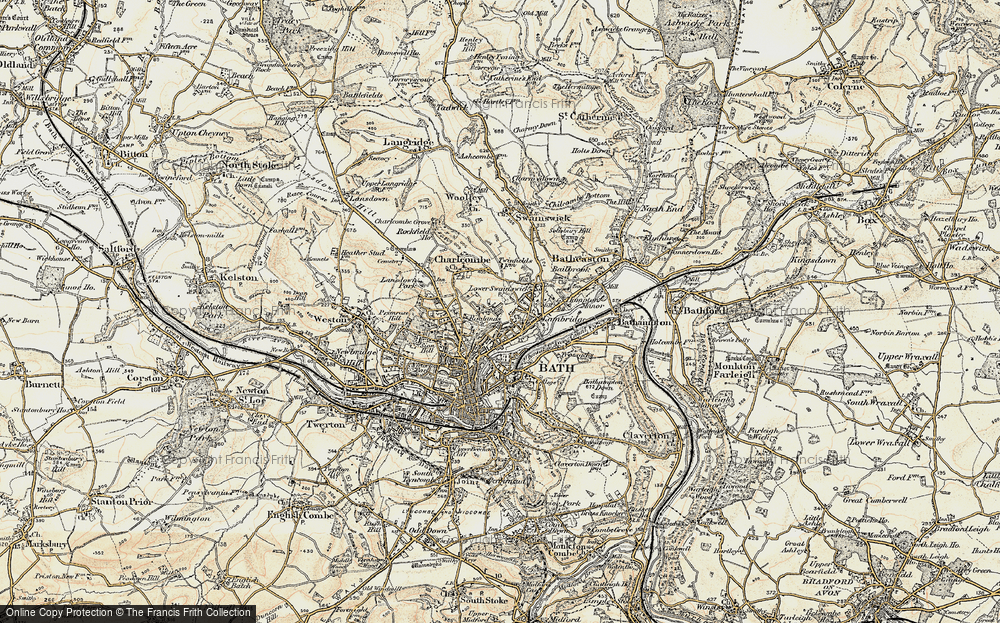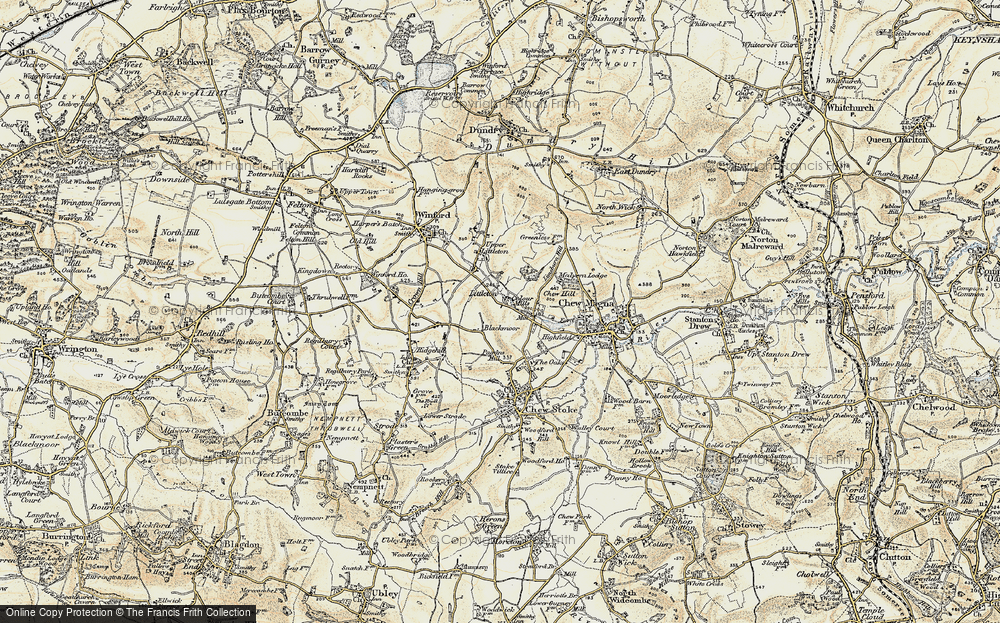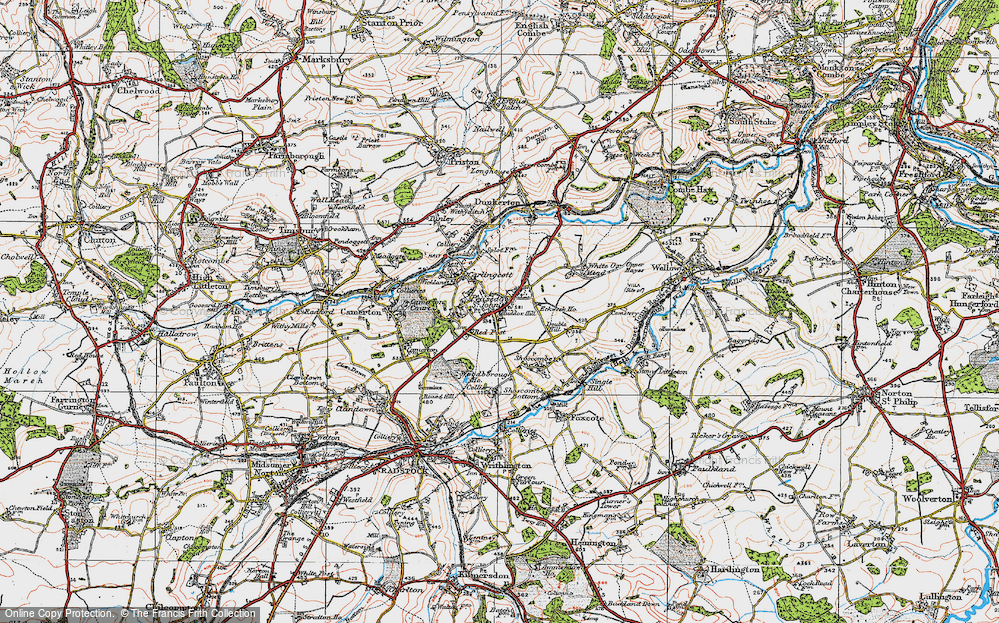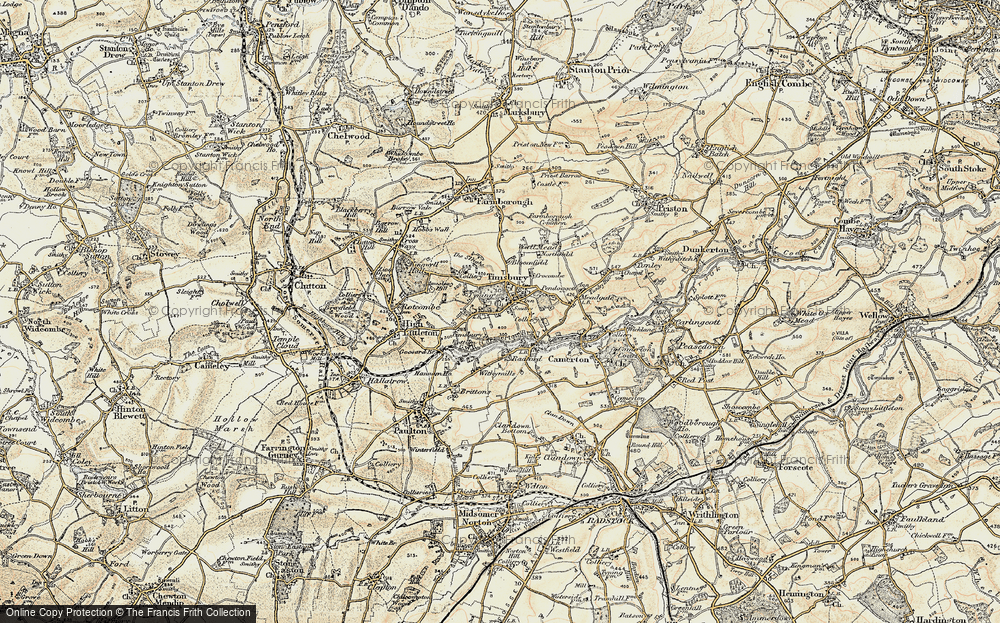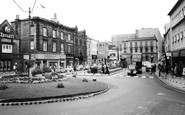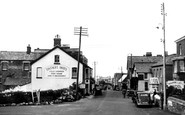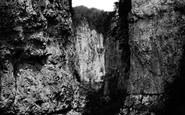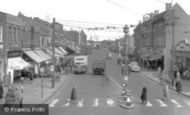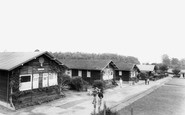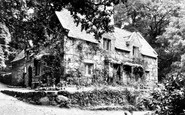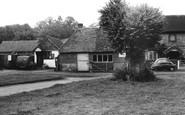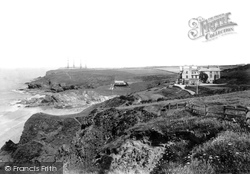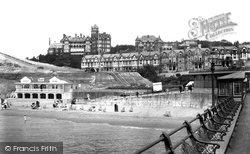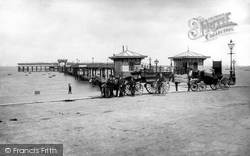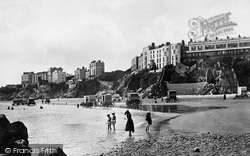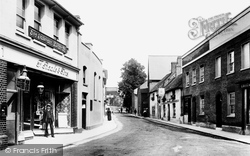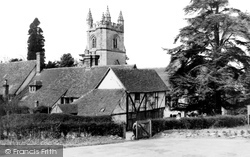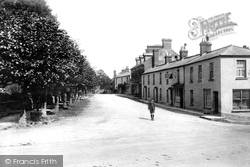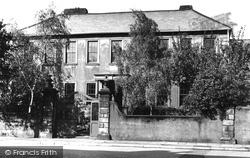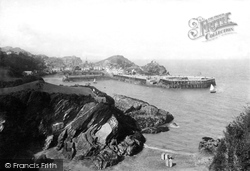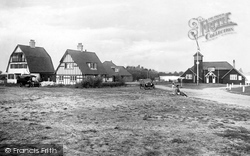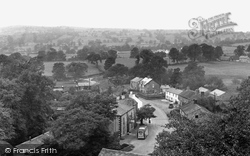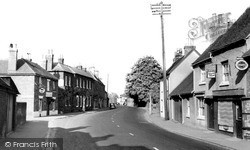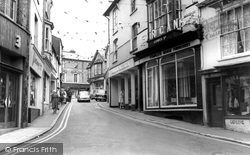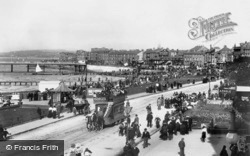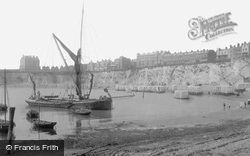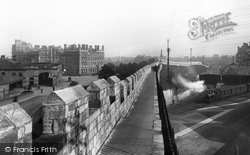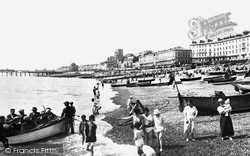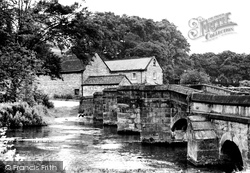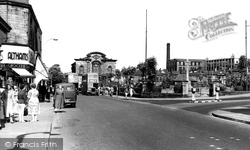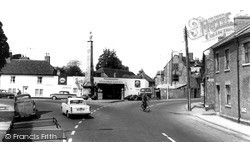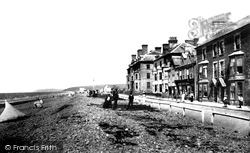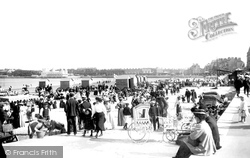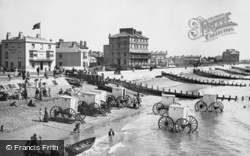Places
Sorry, no places were found that related to your search.
Photos
Sorry, no photos were found that related to your search.
Maps
1,353 maps found.
Books
3 books found. Showing results 745 to 3.
Memories
2,048 memories found. Showing results 311 to 320.
The Old Baths
My memories of the old Dewsbury swimming baths (at the back of the police station) feels like memories from an earlier era older than myself. I used to visit the baths with my school once a wk for swimming lessons/excerise. I was always ...Read more
A memory of Dewsbury in 1969 by
The Old Post Office
My grandmother and all her children except my mother were evacuated to this area during and for some time after WWII. I have a picture taken outside what I believe to be the post office. I think perhaps it was on this street c1950.
A memory of Tintagel in 1950 by
The Landmine
I was only nine years old when we were bombed out on hodder drive perivale we were in our anderson shelter in the back garden I remember the war vividly the searchlights and the dog fights at night I remember not being scared it just ...Read more
A memory of Perivale
The Joy In Finding This Photograph
As a young man my father was both a keen walker and photographer. His hometown was Derby, consequently the surrounding area including the Peak District was walked and photographed extensively. Sadly he was killed ...Read more
A memory of Ashwood Dale by
The Home Of English Bowls
Beach House Park in Worthing used to be the home of the English Bowling Association and I first went there in 1983 to watch a tournament featuring the legendary David Bryant. It was and still is very popular with the locals ...Read more
A memory of Worthing in 1983 by
The Good Old Days Late 50’s & 60’s
Oh the good old days. There was Barclays Bank in the corner and I remember my dad making an appointment to see the actual Bank Manager himself who had his office to the left at the back. I remember the Bakers next to ...Read more
A memory of Welling
The Cross Country Run
One of my main memories of camp is a cross country run, no ordinary run this one, it was November, it was freezing and pouring with rain, nonetheless we had to run, but the only kit we were allowed to wear was sandshoes and ...Read more
A memory of Hexham in 1967 by
The Child Richard Makinson
I was born March 1947 in Guildford Surrey, my father was a serving soldier based in Aldershot. When I was two years old I was sent away to live with my fathers parents in Horden, "family politics". So here I am a grandchild ...Read more
A memory of Horden in 1949 by
The Bringing Of Buckland Lower Lodge Into The 20th Century.
I am Jeannette McNicol (nee Elliott). My brother John and I moved there with my parents ,when I was 13 years old and he was 12. I had found the house when we were having a picnic ...Read more
A memory of Buckland in the Moor by
The Blacksmiths
Having moved to the village with my family in 1965 I rememeber this to be the old forge and watching the blacksmith shoeing horses. Next door was the post office with a small telephone exchange and a phone box that would cost 2p to make a call.
A memory of Shamley Green in 1970
Captions
1,059 captions found. Showing results 745 to 768.
Although this photograph was taken for the view of the hotel above the bathing beach, of special interest here is the group of four new radio masts out on Poldhu cliffs.
With the turret of the Chine Hotel, which served as a landmark for Channel shipping, prominent in the back- ground, the elegant row of Victorian houses along Undercliffe Road bears tribute to the enduring
Morecambe is much frequented by trippers from the busy towns of Lancashire and Yorkshire, for whose recreation are provided abundant entertainments of distinctly popular order.
Tenby stands on a tongue of limestone rock, ending a green promontory, which is crowned by the ruins of the old castle, and is now pleasantly laid out with walks which serve at once as pier and promenade
F Beale & Sons were builders until they were bought out in the 1960s. Their yard was in Adelaide Road, beside the swimming baths that they built in 1885.
This little cluster of 16th- and 17th-century gabled timbered cottages, along with the pub (not visible in the photograph), was acquired in its entirety by the National Trust in 1939.
The lad may be returning from the castle, which could be approached on this road at that time. The four houses on the right, built in 1817, are now private residences.
This handsome Georgian house was where the great poet was born in 1770. It was let free to the family by Sir James Lowther of Lowther Castle—the poet's father was his agent.
The bathing huts here were nearly the scene of a diplomatic incident in 1878. Alfred Price, son of the huts` owner, tried to stop a young man throwing stones at the huts, and a fight broke out.
The 65-acre Meare was the first stage of the development. All the bays and islands are named in J M Barry style. The Boat House was built in 1911, before the Meare was completed.
This excellent view from the church tower shows the whole village and its rural surroundings.
Much of Theale High Street remains unchanged, though it is unlikely that we would find this part of the village free of traffic today.
The High Street leads to Shooters Hill, which was once a very swampy area. The buildings are shaped here to follow the curve of the road. The first shop on the right is now a florist.
A Victorian guidebook, published in 1895, described Morecambe thus: 'Morecambe is much frequented by trippers from the busy towns of Lancashire and Yorkshire, for whose recreation are provided abundant
Rows of bathing machines along the shoreline and in front of the low white cliffs demonstrate the popularity, and prevailing prudery, of immersion in sea-water among the Victorian visitors.
The new station was built to replace the original station that had been completed in 1841. Construction took place between 1873 and 1877 on the site of a Roman cemetery.
Hastings has suffered very much in recent years, now that the boom holiday period of the 1920s to the late 1950s has ended. Many of the seafront houses are in serious decay.
North of Bakewell, an ancient packhorse bridge crosses the water. For centuries, lines of horses would lumber over this bridge weighed down with freight. Often, lead would be the main load.
This main road through the town used to be the Wakefield to Halifax road, originally built by the Romans. Business in the town was not only concentrated on blanket making.
This triangular Bath stone fountain stands at the junction of Silver Street, Vicarage Street and Church Street; it was erected in 1783.
This parade of large shops and houses are just round the corner from the station. The pebbly storm beach gives way to a vast fine sandy beach, covered in this photograph by a high tide.
It was the early use of bathing machines that made Weymouth such a popular resort for sea bathing.The larger machines ran down into the water on rails and consisted of a number of cubicles.
Bognor's growth from a tiny fishing village started in the 1780s, with Sir Richard Hotham's grand scheme inland (modestly named Hothamton) aimed at the nobility and gentry being followed by
In Queen Victoria's reign it was not 'proper' to enter the sea without a bathing machine.
Places (0)
Photos (0)
Memories (2048)
Books (3)
Maps (1353)




